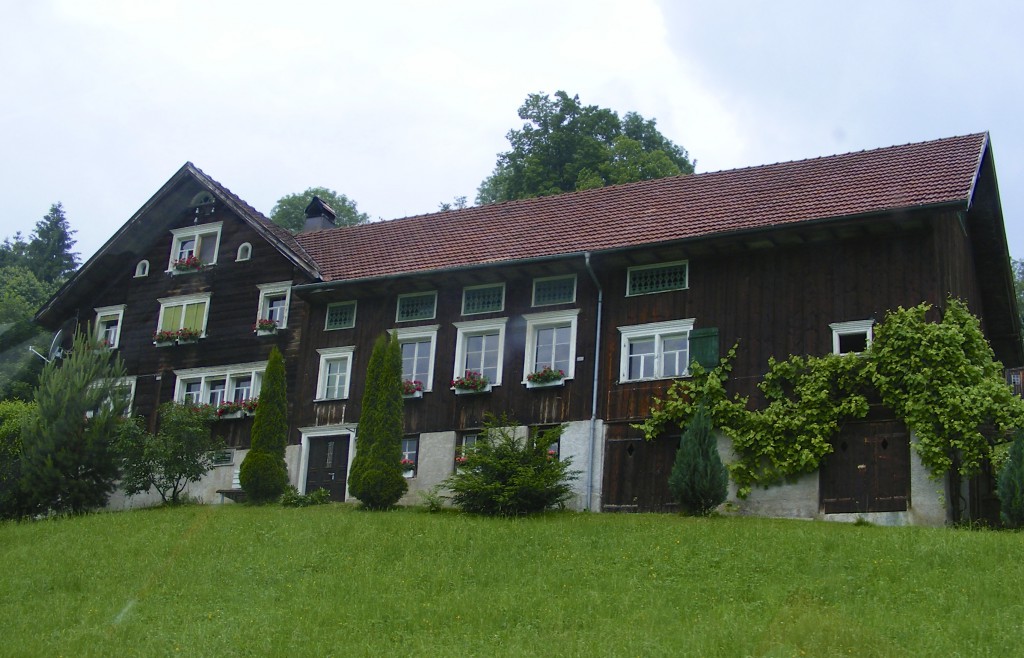Driving through small villages in Austria and Germany I noticed that the farm houses are often attached to the barn where the cows, pigs, sheep and assorted other animals live. I grew up on a ranch, but our barn and the fragrances associated with it were a good distance from the house. I am not sure I want to open the kitchen door and see a cow looking at me!
These type of dwellings are called “housebarns.” It is an old idea that makes sense. The body heat from the animals contributes to heating the living space, plus this style of dwelling helps prevent thieves from stealing your animals. You can still see housebarns in many parts of Europe. Usually the barn and the house share a common wall, but in some styles the farm animals live on the first floor and the humans live upstairs. The “Black Forest house” is one example of this type of dwelling. Housebarns are not commonly found in the United States; however, there are some “connected farms” in New England.
If you think about it this could be a good idea.
(1.) On a bitterly cold snowy day you don’t have to put your coat on to walk outside to do the milking and feeding of the animals.
(2.) During calving or lambing season you don’t have to go outdoors at night.
(3.) Potential for reduced energy costs if both the house and barn are well-insulated.
Of course there are disadvantages to connecting an animal barn to your house. These include the obvious animal noises and smells, and an increase in unwanted pests coming into the house from the barn. Also, there may be difficulties in insuring the property.
Connecting buildings is something to consider when looking for ways to save energy, even it is a garage and not a barn.








Leave a Reply